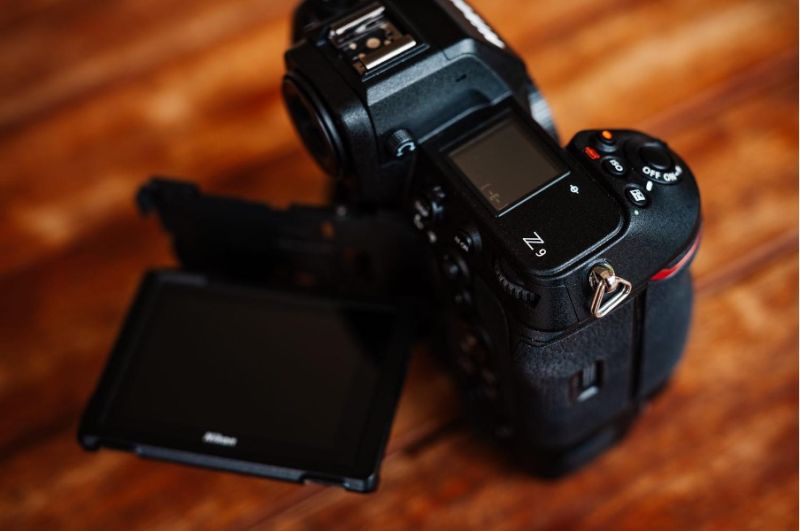The Nikon Z9 – Nikon’s first flagship mirrorless camera – was one of the most eagerly awaited releases in living memory. A game changer for photojournalists, wildlife and sports photographers, and, a little less obviously, for wedding photographers like ourselves. Yet here we are, doing a Nikon Z9 review!
At the time of writing, we’ve been using the Z9 professionally for six months. This review is based on extensive real-world experience in our own practice, as documentary wedding photographers. However, the review isn’t just for those interested in wedding photography. In this article, we consider the Nikon Z9 performance of the Nikon 9, its low-light performance, its buffer size, auto-focus, and the camera’s specifications and functionality, all the way through to its value for money and why we recommend the Z9 so highly to photographers of any specialty.
All images are copyright M&G Wedding Photography, a photography team out of Yorkshire, UK. You can also find them on Wedding Maps here.
Synopsis, Spoiler, and Unanswered Questions
When Nikon introduced the Nikon F 35mm SLR camera way back in 1959, it ushered in a revolution in photography. The advent of the ‘mirrorless’ full frame camera in 2013 (Sony Alpha series) made a huge difference to the way so many photographers work. Although this time around, it was through evolution rather than revolution. Nikon found themselves playing catch up in the mirrorless world. However, the Z system (launched in 2020) made people take notice, and then, suddenly, Nikon were at the forefront again with the release of their flagship Nikon Z9.
We are not new to flagship Nikons – Hollie previously used a Nikon D4s and Patrick shot with a Nikon D5. Then, in 2018, we switched to Nikon D850 before more recently moving to the new Nikon Z ‘mirrorless’ system.

Do You Need A ‘Flagship’ For Wedding Photography?
Many wedding photographers have thought of ‘flagship’ cameras as being ‘a little too much’ – in terms of spec, size, weight and expense – but this does not seem to have been the case when the Z9 was announced. There was a real sense of excitement among wedding photographers who used Nikon cameras. They were questions asked, such as: does the Z9 significantly improve on the low light autofocus of previous Z cameras? Does it give the performance of a D850 or D6?
Nikon users knew there were still some key areas where the Z series ‘mirrorless’ cameras didn’t perform as well as some older models like the Nikon D6 or D850 – chiefly, in low light, auto focus situations. So, was the Z9 really worth another upgrade? We’ll answer these questions and explore so much more below.

To begin, here are the specs as provided by Nikon:
Nikon Z9 Specifications
- Type – Digital camera with support for interchangeable lenses
- Lens Mount – Nikon Z mount (mirrorless system)
- Effective Pixels – 45.7 million
- Sensor Size – 35.9 mm x 23.9 mm
- Image Sensor Format – FX
- Sensor Type – Stacked CMOS sensor
- Image Area (pixels) – FX-format, (L) 8,256 x 5,504, (M) 6,192 x 4,128, (S) 4,128 x 2,752
- Viewfinder – 1.27-cm/0.5-in. approx. 3690k-dot (Quad VGA) OLED electronic viewfinder with color balance and auto and 16- level manual brightness controls
- Shutter Type – Electronic shutter with shutter sound and sensor shield
- Shutter Speed – 1/32000 to 30 sec. (choose from step sizes of 1/3, 1/2 and 1 EV, extendable to 900 sec. in mode M), bulb, time, X200
- Flash Sync Speed – Up to: X=1/200 sec. to 1/250 sec.; synchronizes with shutter at 1/200 sec. or slower; Auto FP High-Speed sync supported
- Top Continuous Shooting Speeds – 20 frames per second with RAW at Full Resolution, 30 frames per second with JPEG at Full Resolution, 120 frames per second with JPEG at 11 Megapixel
- Exposure Metering System – TTL metering using camera image sensor
- ISO Sensitivity – ISO 64–25600 in step sizes of 1/3 and 1 EV can also be set to approx. 0.3, 0.7, or 1 EV (ISO 32 equivalent) below ISO 64 or to approx. 0.3, 0.7, 1, or 2 EV (ISO 102400 equivalent) above ISO 25600; auto ISO sensitivity control available
- Autofocus System – Hybrid phase-detection/contrast AF with AF assist
- Lens Servo – Autofocus (AF): Single-servo AF (AF-S); continuous-servo AF (AF-C); full-time AF (AF-F; available only in movie mode); predictive focus tracking, Manual focus (M): Electronic rangefinder can be used
- Focus Point – 493 (single-point AF)
- Video – up to 8K UHD 7,680 × 4,320 / 30p (progressive)
- Monitor Resolution – 2100 k dots
- Monitor Type – Vertically and horizontally tilting TFT touch-sensitive LCD
- Battery / Batteries – EN-EL18d rechargeable Li-ion battery
- Battery Life (shots per charge) – up to Approx. 740 shots (viewfinder only)
- Approx. Dimensions (Width x Height x Depth) 5.9 in. (149 mm) x 5.9 in. (149.5 mm) x 3.6 in. (90.5 mm)
- Approx. Weight – 47.3 oz. (1340 g)
Nikon Z9 For Wedding Photography
We’re documentary wedding photographers – we shoot in a reportage style, capturing the ‘decisive moments’ of the ceremony and celebrations naturally, without any posing, staging or photographer interference. We really love the work we do – there’s so much variety and so many challenges. We do most of our work in the UK which provides an ever-changing variety of shooting locations and situations.
On an ‘average’ wedding day, we can go from shooting in a dimly lit hotel room, all tungsten light and unkind shadows, into an equally dimly lit church with overhead heaters creating a red glow, with the occasional shaft of bright sunshine filtering through a stained glass window. Then onto the reception, with wood panelled rooms, again, dimly lit – do you notice a theme emerging here? On to the evening party, with a dark – no dimly-lit here, just dark! – tightly-packed dance floor. The typical UK wedding day – a 12 hour shoot – is of course interspersed with periods outside. Then, it’s into the British sunshine, or under grey skies or drenched by the famous British rain – or, to keep the photographer on their toes, all three in an afternoon.

Challenging Light and Demanding Action
Inside and outside, we deal with continually changing and unpredictable light. We have to follow fast-moving situations: photographing people as they move around – capturing facial expressions, the gestures of hands and body postures. Think of a contemporary wedding photographer as a photojournalist, mixed with a music / event photographer and product photographer – with the odd portrait thrown in too. So, a wedding photographer in 2022 needs a camera that is capable of stepping up and performing in just about every situation imaginable. From our experience of a crowded six months of wedding shoots in venues large and small, urban and rural, all over the UK, the Nikon Z9 is the finest camera – mirrorless or DSLR – that we have ever used.
So, given all these strenuous requirements we think a wedding photography-based review of the Nikon Z9 will help photographers working in other fields and with other subjects.
Nikon Z9 for other professional photography
Of course, the Nikon Z9 is not primarily designed for wedding photographers. It’s designed for all professional use – and it’s designed to be able to perform in far more challenging situations than those we’ve outlined above.
The Z9 is for photojournalists going into the most challenging scenarios such as protests or other conflicts. It’s also designed for wildlife photographers traveling to the far reaches of the earth, shooting in every climate imaginable. Also for sports journalists tracking and shooting fast moving action – or portrait photographers needing to hit eye focus again and again. This camera will perform excellently in all of these situations – and more.
If you’re a wildlife photographer, for example, you may use the camera differently than we do. You’ll most probably favour 3D tracking over Subject Detection and Face / Eye AF – but that’s the beauty of the Z9: its versatility. Whatever your speciality, this is a camera that will perform again and again.
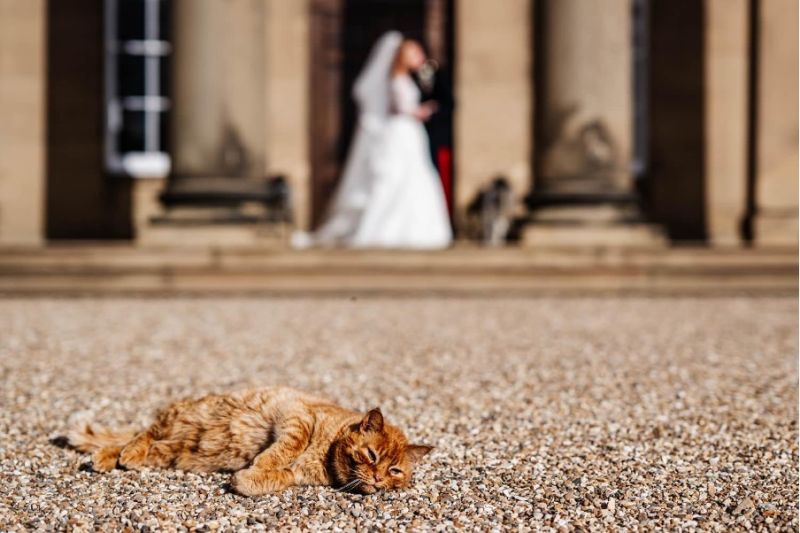
Nikon Z9 Review | Pros and Cons
Summary: The pros for the Nikon Z9 far outweigh the cons!
Nikon Z9 Pros
- Very accurate auto focus even in low light
- Excellent subject detection (with Face / Eye AF focusing)
- Addition of 3D Tracking focus option
- Cutting edge video capabilities – doesn’t suffer from overheating as some of its rivals do
- Excellent image quality using a stacked 45.7MP sensor
- Huge buffer and capable of shooting up to 120FPS in 11mp JPEG mode
- Robust and rugged build quality
- Excellent ergonomics
- Price; cheaper than rival cameras
Nikon Z9 Cons
- Short battery life if shooting all day; at least one back-up battery needed.
- Bigger and heavier than rival cameras; a harness overcomes any problems if working for long periods or off-tripod.
Battery Life and Weight
Shooting a wedding is usually a twelve hour stint so battery life and the weight of the camera are important considerations for us. The advantages that shooting mirrorless gives you – with the EVF and sensor stabilization – means that battery life will always be less than with, for instance, our old Nikon D5. That thing could shoot a whole wedding and then some on one charge! So, to ensure uninterrupted shooting, we bought a couple of spare batteries – which aren’t cheap, but they remove the worries on that score.
The Z9 weighs in at 47.3 oz. (1340 g) so we use ‘Holdfast Moneymaker’ straps which take the weight off our backs over the long days. We have never found ourselves complaining about the Z9 being too heavy, whereas shooting with a D4s all day, you really did feel it the next morning!
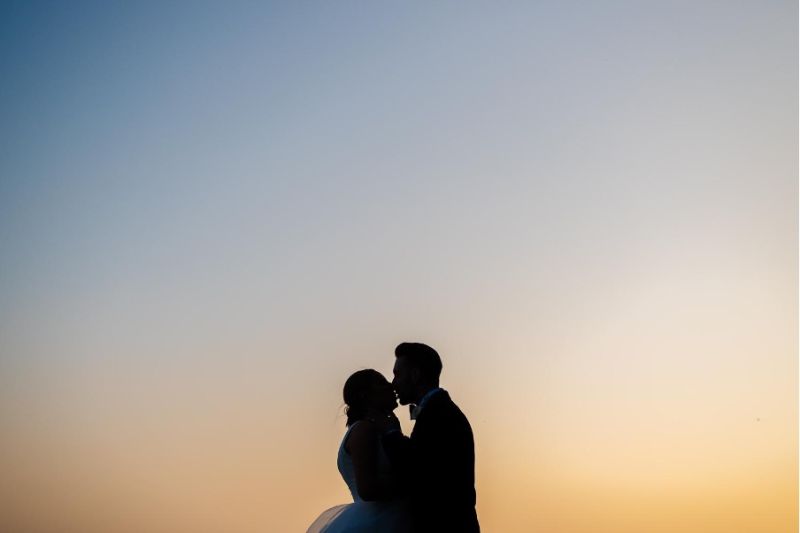
Nikon Z9 Review | Image Quality
Considering the Z9 specifications in the key areas such as focus, processing power, and low light performance is important. However, what makes the Z9 such a fantastic camera is how the sensor, the autofocus, and the processor work together. They all combine to create extremely powerful results: beautiful, crisp, sharp images that can be taken at lightning speed. In short, the image quality of the Z9 is excellent. But that’s because the engineering between the individual elements matters just as much as the individual elements themselves.
Earlier ‘mirrorless’ Nikons took time to fire up so, though the Z7 ii gave great image quality, the process of using the camera was slower than using, say a D850, which always felt instantaneous. The Z9 corrects this, delivering amazing images and giving speed of shot, responding right away without delays, again and again.
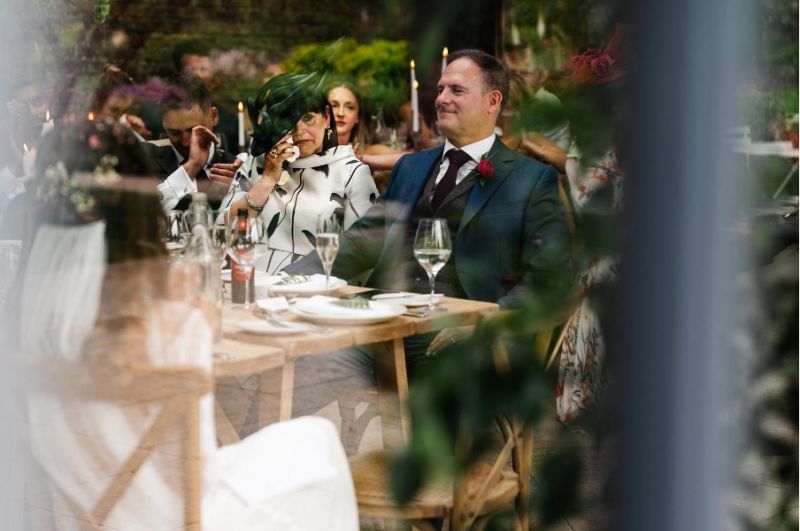
Nikon Z9 | Dynamic Range & High ISO Performance
Compared with the capabilities of some other cameras, the dynamic range of the Nikon Z9 is slightly inferior; for instance, to the Sony A1 and Canon R3. However, we found that, in practice, the Nikon Z9 performs extremely well in terms of dynamic range. The detail it records in the shadows and highlights are excellent. If you need to lift shadows or recover highlights in the edit, the Z9 and its dynamic range allows us to adjust the Raw files as needed.
With the 45.7MP sensor, noise can be noticeable in certain situations when using the Z9, particularly when shooting with a high ISO – and of course, even more so if you then start lifting shadows or increasing exposure in the edit. Noise in these cases is more noticeable than say, the lower megapixel Z6 ii. The image below shows the low light capabilities of the Z9 when shooting at high ISO. It also shows the in-built stabilisation, allowing you to shoot handheld at night with low shutter speeds. This is an edited and cropped image (with very slight noise reduction applied in Lightroom). It’s a little noisy, but is still a very useable image – and you could easily clean up the noise completely in the edit.

Overall, as we’ve said, the image quality of the Z9 is excellent. We find the general ‘look’ and colours of the RAW files to be quite beautiful. Shoot with the full capabilities of the sensor in terms of megapixels and you will capture incredible texture and detail – we love editing our Z9 files. Of course, the high megapixel amount (in line with the Nikon Z7 ii) means you are afforded an increased crop factor over previous flagship Nikons.
Overall, the image quality of the Z9 is fantastic – and brings the Nikon mirrorless camera in line with the D850, our previous ‘favourite’ camera in terms of image quality.
Nikon Z9 Review | Autofocus Performance
As past owners of everything from a Nikon D300 to a Nikon D5 – as well as current owners of Nikon D850, Nikon Z7 ii, and Nikon Z6 ii cameras – we’re well used to Nikon’s autofocus performance, past and present. First of all, comparing the Z9 to the Z6 ii, the Z9 blows it out of the water – no big surprise as you would expect the Z9 to outperform its ‘little sibling’. Still, it is important to make the comparison – as it shows just how much Nikon has improved its mirrorless autofocus capabilities in such a short time.
The Z9 provides outstanding autofocus across an array of different options. Not only does it bring its Subject Detection and Eye-AF in line with the capabilities of Sony and Canon cameras (previous Z cameras were lagging behind a little in terms of Eye AF) but it also introduces 3D Tracking. Nikon DSLR users, especially anyone photographing action, loved the industry-leading Nikon 3D tracking AF system. We tried out the various focus modes as we got to grips with the camera – including 3D tracking – and found the camera hitting focus again and again.

Nikon Z9 Autofocus Speed, Accuracy, & Reliability
The Z9 is packing a seriously impressive EXPEED7 image processor, which immediately gives it a huge advantage over previous Z models. So, it’s no surprise that in every focus mode, the Z9 outperforms the Z6 and Z7 ii by some considerable margin. In practice, the super-fast processor gives the Z9 the ability to focus incredibly quickly and accurately. Then, combine that with the amazing subject detection, and we can shoot a confetti-run like a flick book, with every image sharply in focus.
It is worth noting that with the Z9, getting the exposure right aids focusing. The more detail the Z9 can see, the better it will focus – the same goes for the Z6 ii and all mirrorless cameras. But where we found ourselves, at times, searching for focus in very dark circumstances with the Z6 ii, this has not been the case with the Z9.

Nikon Z9 Autofocus Versus Nikon D850 DSLR Autofocus
But how does the Z9 compare to the stellar autofocus on our D850, or more pertinently, to its direct DSLR counterpart, our old D5? In terms of shooting weddings, we’ve found the Z9 can do pretty much everything our D5 could do – and more. Even on packed dance floors, the Z9 doesn’t fail us – but then, of course, you can add on the ability to use face detection and eye-AF.
There is only area where we have found ourselves missing a DSLR in terms of focussing. This is when we want to drag the shutter. That instant focus you need as you spin around the dance floor – where you’re not necessarily looking for the eye – is still better with the D850, or D5. So, we still happily break out a D850 for shutter dragging shots. This is the only real failing we could find with the Z9 in our work. It’s one that we barely notice.

Our Favoured Nikon Z9 Autofocus mode
As we’e shooting moving subjects, we favour AF-C (continuous focusing) and have found that Wide-Area AF (small) mode suits us best. We’ve learnt to implicitly trust Wide-Area AF. When it’s turned on, Subject Detection is activated. With its face detection and Eye AF, Subjection Detection works startlingly well. Even on a dark dance floor, it picks out faces and eyes – and locks on focus.
We occasionally switch to Pinpoint AF when the subject is very small, but for most of a wedding day, Wide-Area AF hits focus for us again and again. When the camera can’t see a face or an eye to focus on, it will pick out the full subject – be that a person or an object. If it locks on – or jumps to – the wrong subject, or loses the correct subject, you can quickly override it and point it in the right direction – this happens very rarely though. It really is that good.
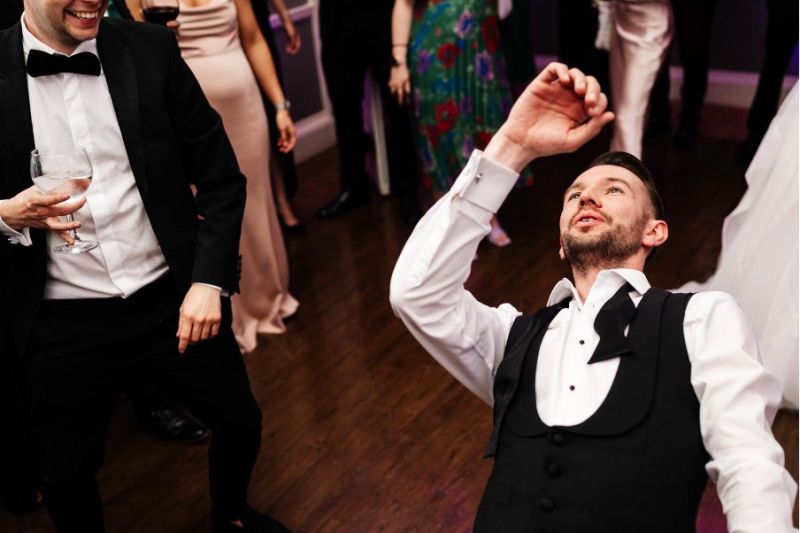
However, though we haven’t found anything in the autofocusing to heavily criticize (far from it), it’s worth noting, the Z9 is not infallible. But then, no camera is. A camera isn’t a magic wand – it’s the photographer who’s the magician. What the photographer calls upon is composition, use of light, getting their settings right and simply clicking the shutter at the right time. Put all these together successfully and we can make magic.
Overall Performance
The electronic shutter allows for fully silent shooting with no banding and no rolling shutter – and the option to shoot at up to 120FPS at 11MP Jpeg is a mind blowing capability to utilize in extreme situations. Shooting at 20FPS at full resolution RAW more than suffices for us – and will do for the vast majority of photographers.
The buffer feels never ending, even in High Continuous Shooting mode – however, to utilize it to its fullest, you must use expensive CF Express cards. XQD cards work just fine, but top of the line CF Express Cards really unleash the full potential of the Z9. We shoot two 256GB CF Express cards, with two 128s in reserve.

Of course, as always, partnering the right camera with the right lens is key – we’ve found the FTZ adaptor adapts old F mount 1.4 glass to all our Z cameras really well, the Z9 included.
Nikkor Z Lenses
But what is great about the Z range is that the 1.8 Z lenses work so well and produce beautiful images. It’s not as in the past where a 1.4 Nikon would focus better than a 1.8 – here, the cheaper 1.8 Z glass performs just as well our 50mm 1.2 Z lens in terms of focusing performance and all the Z glass we own produces beautiful results.

The engineering of the Nikon Z9 – the EVF, the subject detection of the autofocusing system, the processor and the stacked sensor – has every element of the camera working synchronously and opens up many new options for creative shooting that were not previously available: new angles, new accuracy, new speed of shots. A new world of images for even the most demanding camera user.

Design & Durability
The design of the Nikon Z9 follows the design of the D5 and D6, with a slightly more sleek and modern twist. The camera looks great – and more importantly, it feels great in the hand. Nikon always gets its ergonomics spot on and the Z9 is no different – that deep grip with the controls in easy reach makes it feel like a seamless extension of your creativity.
The camera is robust and fully weather sealed. We’ve shot in all conditions – in the pouring rain and on the beach – and the Z9 passes every test, every time. The flip out screen works extremely well for us when we want to shoot above our heads or put the camera on the floor for a low angle.
Value
It may seem counterintuitive for us to say a camera is good value when it costs around £5500. In comparison to its rival flagship mirrorless cameras – the Sony A1 and the Canon R3 – it costs substantially less. And in its own right, if you need a flagship camera for your photography, the Nikon Z9 is incredibly good value for the quality it provides.
[Related: Canon EOS R3 VS Nikon Z9 VS Sony A1 | Mirrorless Flagship Comparison]
The Nikon Z9 is a professional’s camera, as the D1 and every flagship Nikon before it has been – or perhaps, a camera for a very serious enthusiast, such as a non-pro wildlife photographer. All you have to ask is, do I need a top of the range camera for my image making?
If you do, the Nikon Z9 is a seriously good choice – it’s the ‘cheapest’ flagship mirrorless available and performs above and beyond what most professionals need. It has a fully electronic shutter too, of course, so will hold value longer than previous cameras will.

When we invested in the Nikon Z9, we wondered a little if it was a luxury buy, but the benefits to our creative working and business output have been enormous: higher focus hit rate in low light, silent shooting with no banding and increased speed of shot and responsiveness have helped our range of imagery. So, after 6 months we believe purchasing a Z9 was incredibly good value.
Nikon Z9 Review | Conclusion
The Z9 is an incredible camera. It’s the camera that’s made us all but forget about DSLRs. We no longer own a D4s or D5 and our D850s sit forlornly in our camera bags as a back-up camera, waiting, in case of emergency.

The Z9 gives us everything the Z6 ii gave us – and we love the Z6 ii – and then, continues to give us so much more. Fantastic focusing at low light, picking out eyes and faces even from long distances. Incredibly fast and responsive, a buffer that goes on and on – and beautiful images with gorgeous colour science. A more robust body with electronic shutter. And a shutter speed of up to 1/32,000.

Should You Buy The Nikon Z9?
So, do you upgrade to the Z9? It’s quite some question – as it’s quite an investment. This camera won’t make you a better photographer – there is no perfect camera and of course no perfect photographer. As William Eggleston said: “You can take a good picture of anything. A bad one, too.”
If you have the need for a flagship camera, and have the budget to do so and already shoot Nikon, then the Z9 should be your next camera. Of course, right now, the demand for the Z9 is far outstripping supply. So, there will be a wait whenever you order one (though we can guarantee – it is worth the wait).
If you shoot Canon, Fuji or Sony? Then it’s a huge decision to move systems. If you’re shooting Sony, it’s more than likely you’ll buy the Sony A1 – it’s another excellent flagship camera. If you’re a Canon shooter – the (again, excellent) Canon R3 will more than likely be the flagship camera for you. However, we’re confident anyone switching to the Z9 will still be astounded by its capabilities and thrilled with its performance. It’s a fantastic camera that we cannot recommend highly enough.

Also, something not to be forgotten is that we’ve found shooting with our mirrorless Nikon cameras so much fun – we can concentrate on composition and capturing those decisive moments. The camera, we might say, works hard for us. With the Nikon Z9, it all seems quite effortless and the results are stunning – a camera to highly recommend. With every firmware update too, the already excellent autofocus gets a little better.
Final Verdict
Some photographers may be pausing, unsure of whether to buy the Z9 now – or wait. Because we’re all wondering: what’s up next from Nikon? Nikon spoiled us with the now aging (but still quite brilliant) Nikon D850. It had just about everything the D5 had to offer, yet in a streamlined body with streamlined price tag (and increased megapixels).
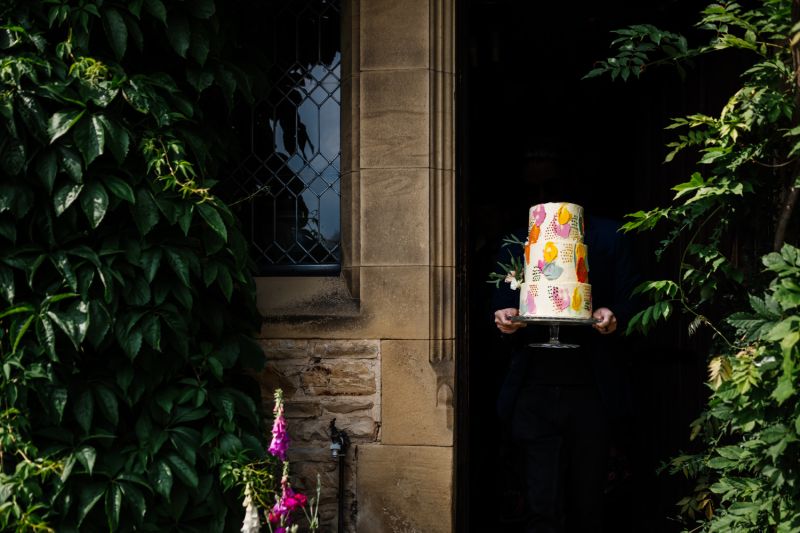
So, some people are waiting for the ‘mirrorless D850’ to arrive. Perhaps this will be the long rumoured Z8 and, perhaps the Z8 will arrive later in 2022, with an even higher megapixel sensor. It’s tempting to imagine all the focusing and performance of the Z9 in a smaller body with a slightly more affordable price tag. Or do we get a Z9s in a year or two with slight upgrades? Or a Z6iii? The Z6ii is a fantastic camera that we continue to use alongside our Z9. But put the EXPEED7 Processor in a future Z6 or Z7 model, and it will only get better.
Well, right now, we don’t know. For now, we have the Z9 – and we’re so pleased we do.


